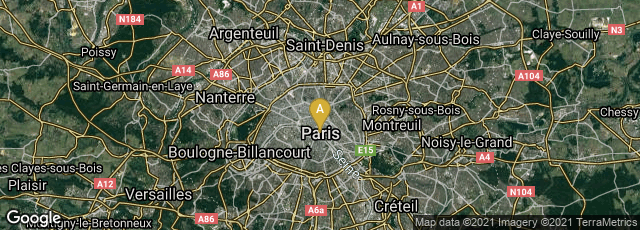

A: Paris, Île-de-France, France
In 1829, at the age of 20, Louis Braille, a student at l'Institut Royale des Jeunes Aveugles in Paris, who had been blind since the age of 5, published Procede pour écrire les Paroles, la Musique et le Plain-chant au moyen de points, a l’usage des aveugles et dispose pour eux. This large quarto volume of 4 preliminary leaves and 32 pages included the first presentation of the Braille system of printing and reading for the blind, which represents letters and numbers by combinations of six dots.
Though Braille introduced his six dot system briefly in his 1829 work, most of the Procede pour écrire was published through the traditional system of printing for the blind using raised letters that was invented by the founder of l'Institut Royale des Jeunes Aveugles, Valentin Haüy.
In 1837 Braille added symbols for mathematics and music to his six dot system.
“The Braille system was not given an immediate welcome; it was only in 1854 that it was officially accepted by the Institute itself. But at an international congress in Paris in 1878 it was adopted throughout Europe. It is now in use virtually throughout the literate world” (Carter & Muir, Printing & the Mind of Man [1967] no. 292.